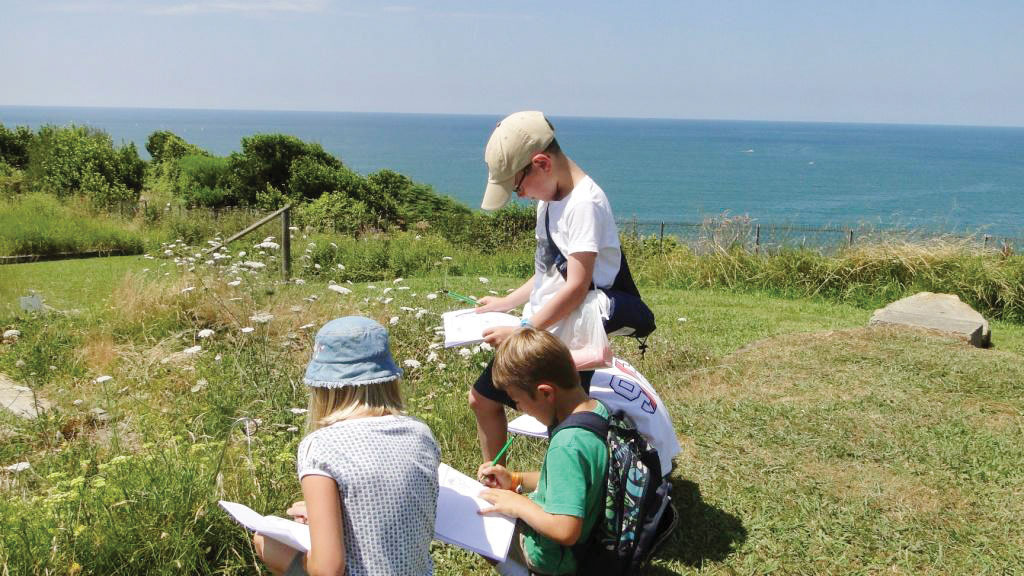

The presence on the coast is one of the hallmarks of the plant botanical garden of San Juan de Luz. “Living conditions are special and one of our purposes is to show the peculiarities of the sea plants,” explains the technician Jon Sudupe. The park opened in 2008, driven by an association. Since 2013 the City Hall has managed the vegetable garden, but the objective remains to present the dynamics of the natural spaces of the coast.
Wind and salt control
More than a botanical garden, Sudupe speaks of vegetable garden. “The garden refers only to the flower, and that makes me sad because the flower is part of the plant and there are people who don’t have flowers,” he says. Well, the vegetable garden occupies an area of two hectares, in which about a thousand plant species can be found. As has already been mentioned, marine species are of particular importance. “There are plants that are only one here and that are threatened by the strong pressure of the natural coastal environment.” In short, human activity and constructions are gradually reducing coastal ecosystems.
What are the characteristics of littoral plants? Highlight the wind and salt. “There are often strong winds in front of the sea, so there are no large plants or trees.” The amount of salt can also be supported by few plants, as it prevents them from water and they must be adapted to fight it. “The plants make water reserves in the leaves and are also morphologically small, dragged, close to the ground and not expanded in the grandeur,” he adds.
A thousand plant species in vegetable garden of two hectares
In addition to the coast, in the vegetable botanical garden, visitors will discover other areas. the special painting of Gironde and Landeta, a vegetation area of the five continents of the world, of useful plants, including medicinal and horticultural plants, and other collections. In addition to the vegetation, they offer visitors explanations about the fauna of the coast. “Vegetation is a starting point for working the environment in general, for establishing connections between the environment, fauna and flora, for talking about pollinators…”, says Sudupe.
They open their doors in spring, in late March, and the vegetable garden remains open until late October, every day and out of summer on weekends and Wednesday. In addition to the visits, they organize animations, workshops and cycles, as well as frequent visits from students from nearby schools.